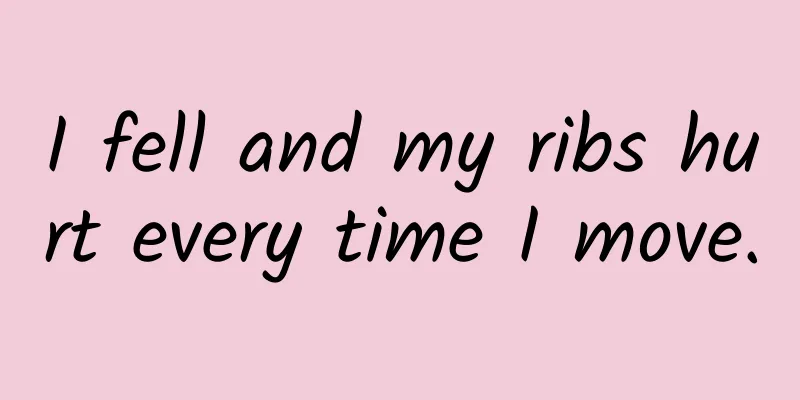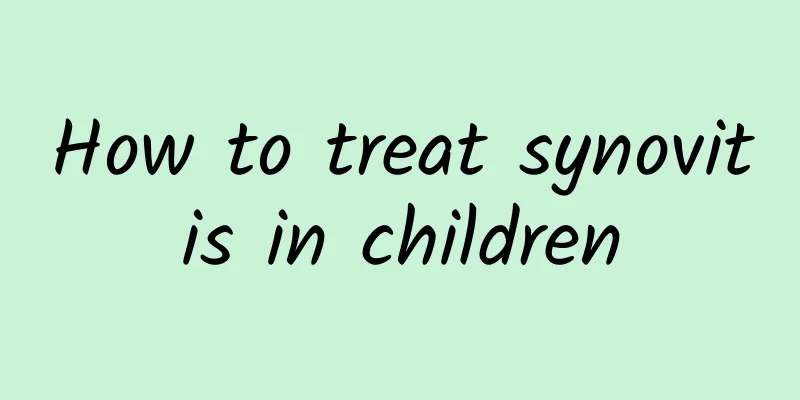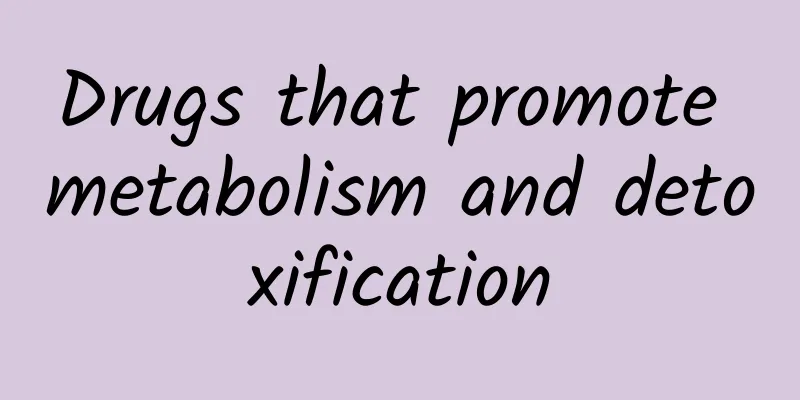How to treat involuntary motor cerebral palsy? Three methods are most effective

|
There are many types of cerebral palsy clinically, and involuntary movement cerebral palsy is one of them. So, how should involuntary movement cerebral palsy be treated? 1) Comprehensive treatment approach based on neurodevelopmental therapy Neuro-developmental therapy (NDT) is a theory and therapeutic technique for treating cerebral movement disorders created by British scholars. It is also known as the Bobath method and is currently recognized as an effective method for treating cerebral palsy in the world. The rehabilitation treatment of involuntary movement type cerebral palsy should still be based on this treatment method, promoting the coordination of movement patterns, inhibiting the impact of primitive reflex patterns on the normal motor development of children, promoting the integration of active patterns, preventing the formation of abnormal patterns, promoting autonomous movements and voluntary movements, and inhibiting abnormal postural reactions. On this basis, appropriate use is made of proprioceptive neuromuscular facilitation (PNF), motor relearning program (MRP), Rood technique (also known as multiple sensory stimulation therapy or skin sensory input facilitation technology), heat therapy in physical therapy, hydrotherapy, occupational therapy, cultural and sports therapy, guided education therapy, etc. Although there are many rehabilitation treatment methods, for this type of cerebral palsy, highly stimulating techniques such as the Vojta method and the Ueda method are not suitable for use. Any treatment method that can increase stimulation and induce tension may aggravate the condition, including body acupuncture, which should be avoided. 2) Suppressing abnormal postures and breaking the control of primitive reflexes is the basis for normal movement Posture control is crucial. Maintain stable support, avoid abnormal postures during treatment, in daily life, and in various body positions. In any case, suppress remaining primitive reflexes and control abnormal postures. Only by controlling abnormal posture can normal autonomous movement occur. To suppress abnormal posture, the Bobath method is mainly used to control key point techniques, suppress abnormal postures of the head, neck, limbs, shoulder girdle, trunk, and pelvis, and break the posture controlled by the residual primitive reflex. While suppressing abnormal posture, it also promotes the control ability of the head, neck, trunk, and limbs. Attention should be paid to maintaining the straightness of the body and the normal position of the head, so that the whole body is in a symmetrical posture and maintains neutral position activities. In order to maintain a stable posture, pressure, body weight load, compression and other techniques can be applied. 3) Correctly evaluating muscle tension, relieving muscle tension, alleviating muscle tension fluctuations, and controlling dystonia are prerequisites for promoting voluntary movement. The increase in involuntary and involuntary movements is mainly caused by fluctuations in postural tension and dystonia. To improve the correctness and effectiveness of voluntary movements and reduce synergistic movements, it is necessary to control dystonia, reduce nerve excitability, and relieve muscle tension. Only when there is no obvious muscle tension and dystonia during active movements can autonomous and voluntary movements be completed. Special attention should be paid to stabilizing postural muscle tension, inhibiting paroxysmal muscle spasms, limiting movement to a few functional modes, narrowing the range of motion, and fixing the central part during treatment so that the movement of the peripheral part can be controlled. When postural muscle tension is too low, compression and tapping are used to increase muscle tension. When muscle tension increases, reflex inhibition mode is used to inhibit muscle spasms. When muscle tension fluctuates greatly and changes rapidly, you can consider combined treatments such as medication and massage. |
<<: Early symptoms of cerebral palsy in children and methods of treating cerebral palsy in children
>>: How to adjust the sleeping posture of children with cerebral palsy
Recommend
Can cleaning your tongue prevent cancer? How to do it?
Cancer has become a very common disease for many ...
What should you pay attention to when you have high blood lipids?
With the improvement of living standards, more an...
What to do if the big tooth is pulled
After the molars are extracted, you should replac...
What to do if there are many pimples and clogged pores on the body
If the pores on your body are clogged, the sympto...
What are the consequences of taking expired medicine?
Minor illnesses and disasters often require medic...
What causes pelvic pain and how to prevent it
When a woman is around 10 weeks pregnant, the ova...
The efficacy and function of red deer antler
Deer antler is a relatively rare traditional Chin...
What does cardia ca mean?
Many people don’t know what “cardia CA” means. In...
What should I do if my chin keeps getting pustules?
The formation of pustules is caused by infection ...
How to treat oculomotor nerve palsy? Traditional Chinese medicine has a trick for treatment
Oculomotor nerve palsy refers to the loss of func...
What causes eczema in adults?
Everyone should know that eczema is the most comm...
Treatment methods for ovarian cysts, Chinese medicine recommends dietary remedies
Ovarian cyst is a relatively common gynecological...
Experience of induced ovulation pregnancy with polycystic ovary syndrome
Infertility has become a very serious problem. Pe...
The teeth will hurt if they can't eat cold or hot food
I believe that many people have experienced the p...
How to prevent chronic colitis symptoms
Chronic diseases often do not have obvious sympto...









